Parenting is hard. Add a dog or two to the mix, and things can get downright crazy. Not only are you trying to raise little humans into kind adults, you also want to nurture their playful spirits. At the same time, the family dog wants to be part of the action, maybe stealing a toy or two in the process. Sibling rivalry is one thing – but now we are getting into an entirely different territory. How can parents keep the peace between their kids and dogs?
As dog trainers, we joke that we feel like a broken record when we say that being a successful dog family is all a product of: Relationships, Management and Training. That said, if you feel like your kids are getting too rough with the dog, or vice versa, let’s break down how you can change the overall dynamic of their relationship and relieve some of your stress.
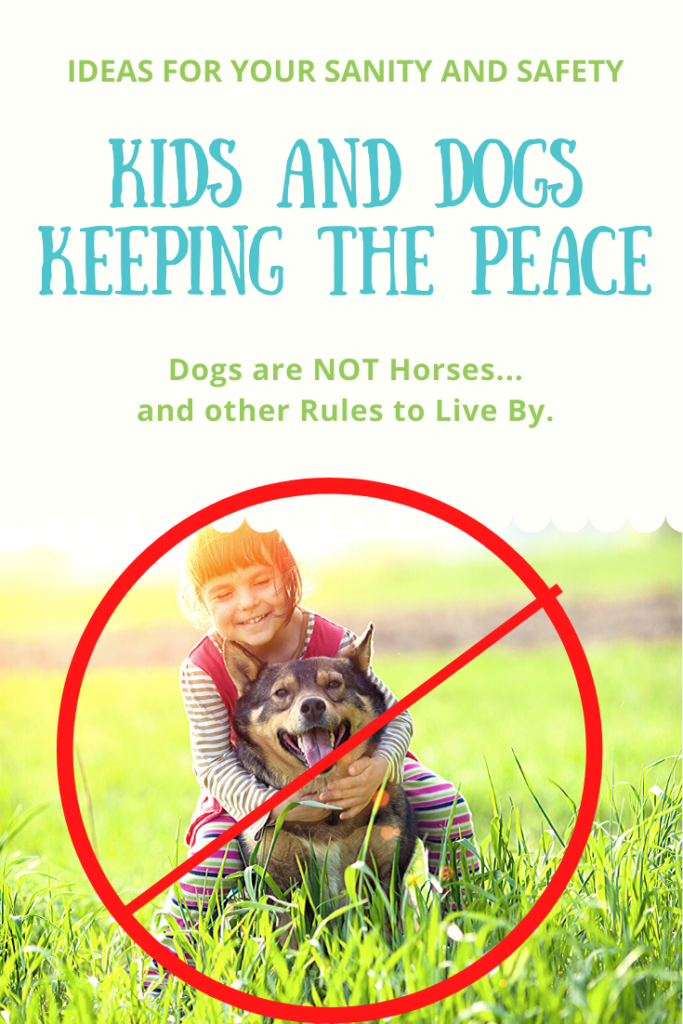
Relationship with Your Dog
When my kids were little, I remember spending a lot of time trying to teach them how to have good manners. This was especially important when we visited my grandmother, who had nearly unattainable expectations of how “good” children were supposed to act (gulp). The good news is that your hard work teaching the kiddos to be polite can apply to their behavior with the family dog too! Good behaviors by the kids can encourage the dog to trust your child, strengthening their relationship.
- The golden rule applies to all species, so instead of pulling the dog’s tail, poking their nose, or grabbing his fur, we can encourage more gentle behaviors instead, such as gently stroking the dog on the chest or back.
- Dogs aren’t horses. If your kids want an animal to ride, please get them horseback riding lessons. If your kiddo tries to ride your dog, it’s likely not to end well…and it won’t be your dog’s fault.
- Dogs aren’t toys or dress up dolls. If you feel like your kids are getting too physical with the dogs by trying to dress them up or squeeze them tight, please buy them a stuffed animal or doll for that purpose. Most dogs LOVE to play games, but don’t like being restrained or physically manipulated.
- Inside voices apply when dogs are concerned. Sensitive pooches, in particular, really appreciate when the screaming goes outside and they can get some peace!
- It really stinks when someone steals your toys, right? The same goes for dogs. Most dogs really dislike when kids take away their favorite toys (and especially something they are chewing on at the moment!). Dogs can be guilty of stealing toys too, but they don’t know the difference between which toys belong to the kids and which are theirs. Cleaning up is hard, but if you don’t want pooch taking what’s not his, it’s better not to let him get it in the first place.
- Let sleeping dogs lie. Seriously. It’s best to encourage your kids to ignore a sleeping dog, especially one who is relaxed in the safety of his own crate. It would be horrible if he was startled awake and scared or hurt your child.
- Have you ever had a server in a restaurant try to take away your plate before you were finished eating? If you’re like my husband, you might have to restrain yourself from poking her hand with your fork (“come back when I am actually finished, please.”) Many dogs feel the same way if their meal, treat, or bone chewing is interrupted. It’s best to keep the kids away from the dog during these times.
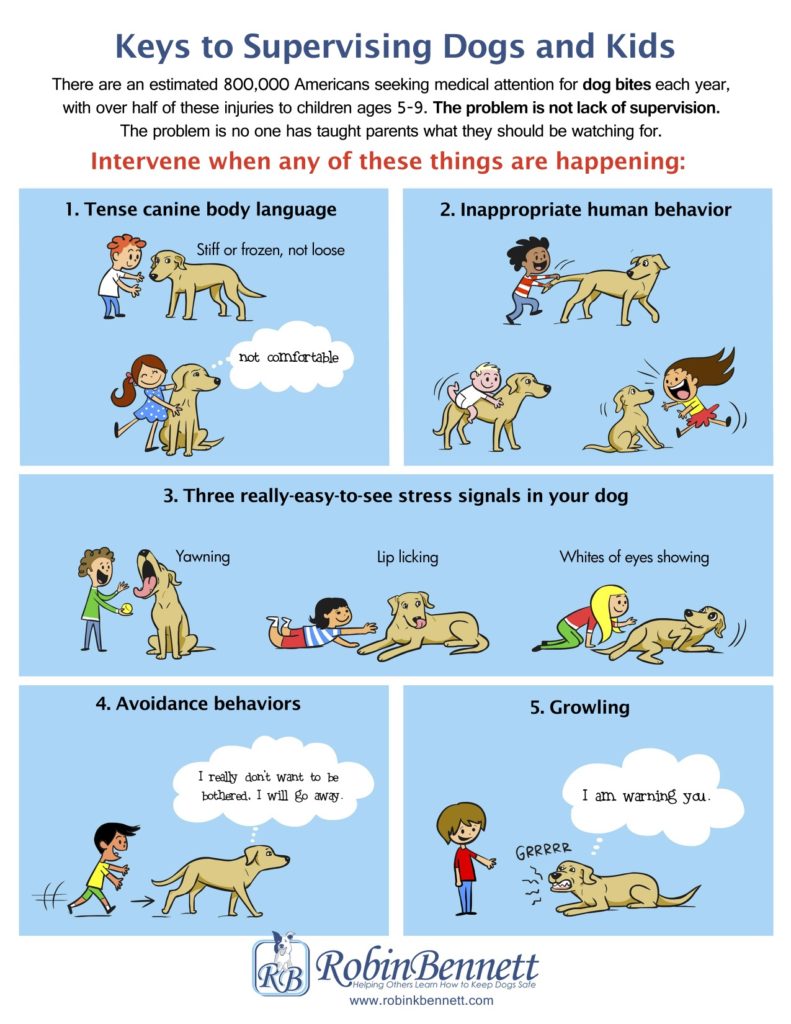
Management: Kids and Dogs
The majority of the challenges that my clients face with their dogs can be addressed with a variety of management strategies. If, for example, the dog keeps stealing the kids’ shoes, it’s best if you can store them out of reach. I remember that the same principles applied with my son, before I found a better storage spot for my sharpie pens. Oy. Lesson learned. While some forms of management are common sense, others may require a little more forethought.
- Supervising the kids and dogs is crucial. Kids under the age of 10 should never be left alone with the dog. I do realize that this sounds a little extreme. I am a parent, so I get it. Life happens and dinner doesn’t make itself. There are a million different things happening that might take your attention away from having your eyeballs glued to the other creatures in your household. But if we are being honest, supervision is the ONLY way that you might notice if your dog is starting to feel uncomfortable and needs a break. Bites never happen without a warning – but sometimes we don’t notice or don’t recognize the signals that the dog is displaying until it’s too late because we are distracted. (We will do another post on how to translate dog body language into something you and your kids can understand soon, I promise.)
- When you can’t give your full attention to the dog and the kids, it’s fair game to separate them. Using baby gates to enclose the dog in one space and the kids in the other is one great strategy to keep them apart.
- Crate training is a very helpful management strategy and can provide your pooch a calm place to use as a retreat if there is too much chaos in the house. Hosting a playdate or birthday party? Is the soccer team party at your house this year? No problem! Get a super special treat for the dog and let him chew on it in his crate in your bedroom. He’ll love having something delicious in a quiet part of the house. Bonus! He won’t be running around, knocking kids over or spilling drinks with his tail!
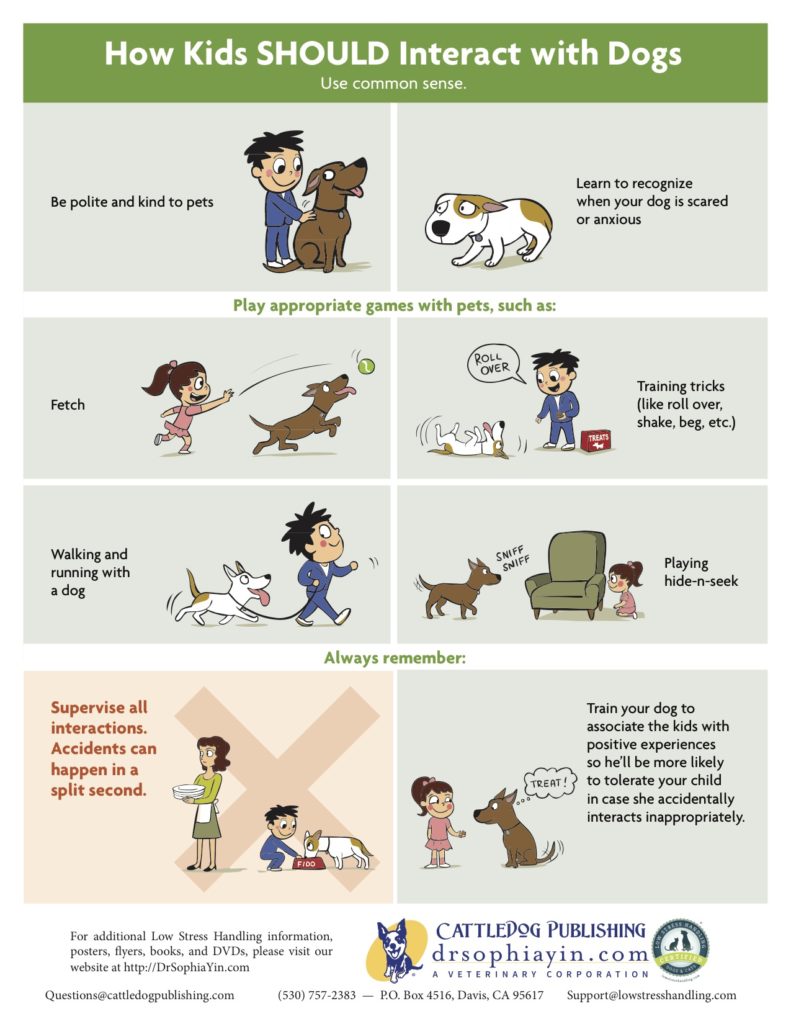
Training with Your Dog
Large dogs require a fair amount of training to simply manage their existence in the world. Without it, they would pull you down the street on walks, jump on strangers to say hello, and run out of your front door the second you open it. There are huge benefits from training small dogs, too, but for some reason, people are more willing to overlook poor manners in tiny pooches. Regardless of the size of your dog, training is important for several reasons.
- Training is FUN! It enhances your relationship with your dog, and if done right, builds trust between the dog and family members.
- If your dog is afraid of other dogs on walks, by practicing some simple games and behaviors, you can redirect his attention away from what frightens them. Not only does this save you from what could be an embarrassing display of doggie hysterics, it also builds his confidence to do a series of tasks correctly.
- You can train your dog to trade with you. This comes in handy, particularly if he has just picked up your daughter’s left soccer shoe. Simply offer the dog something appropriate instead, and easily return the shoe to it’s rightful owner. This is so much more relaxing than a 5-minute game of keep-away (although probably less fun, in the eyes of your dog!)
- Training your dog to wait at the door means that he will be safer by not running into the busy street. It also means that your kids and their friends won’t be mauled by doggie enthusiasm every time they come home.
- Do you have a baseball or softball player in the family? By training your dog to play fetch, the kids can practice their sports while the dog gets plenty of exercise, and the game makes everyone feel valuable.
- Families get busy. But having a well trained dog means that you can go for walks as a family without pulling, keeping you and passers-by safe.
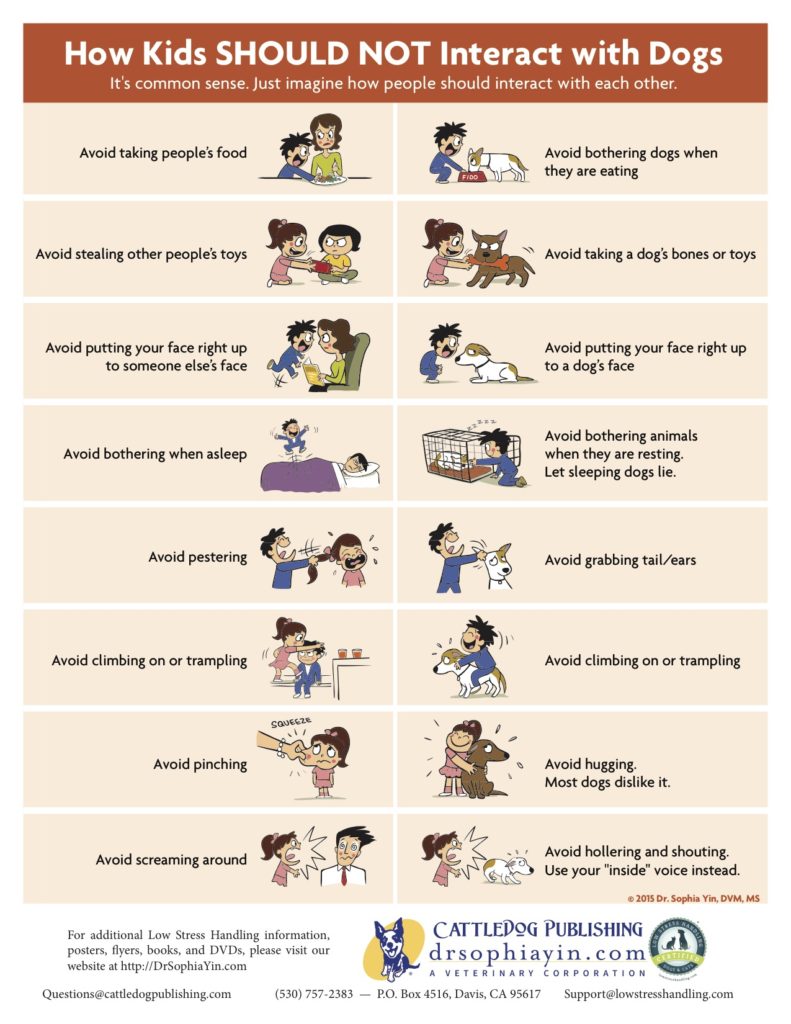
Download our free checklist to help control your family’s safety and sanity. Learn strategies to improve your Relationship, Management and Training with your dog and even set goals for moving forward.
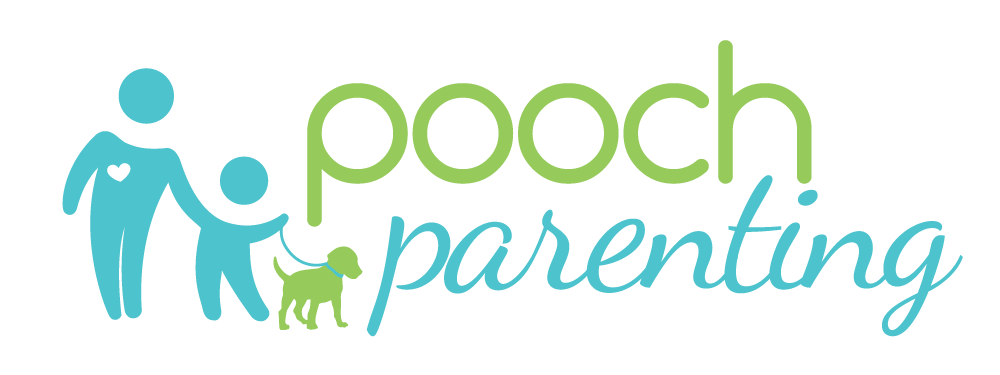
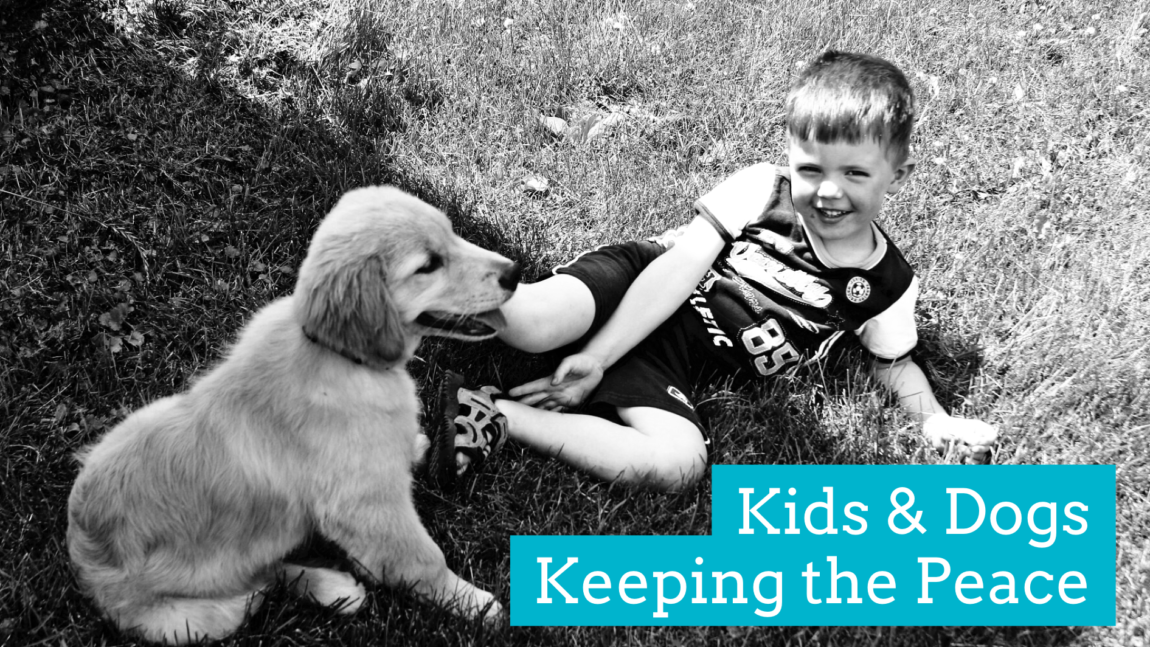
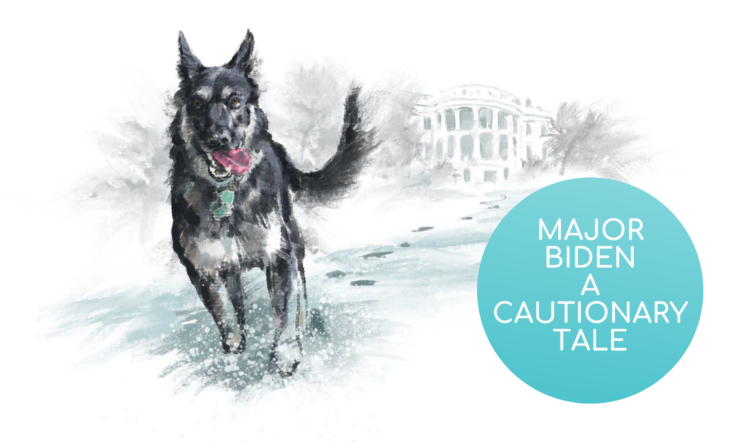
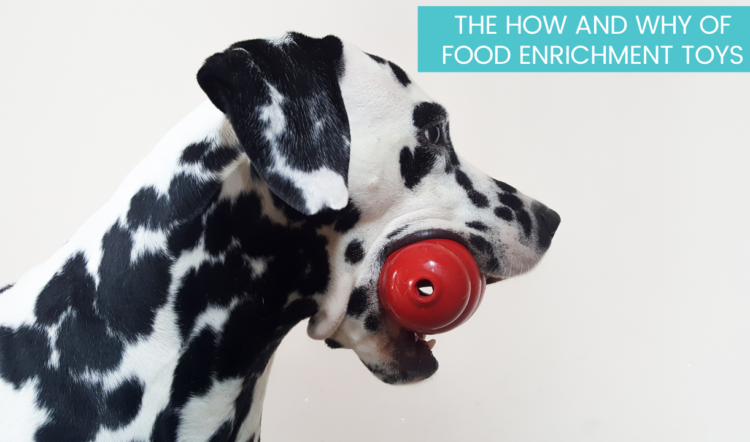
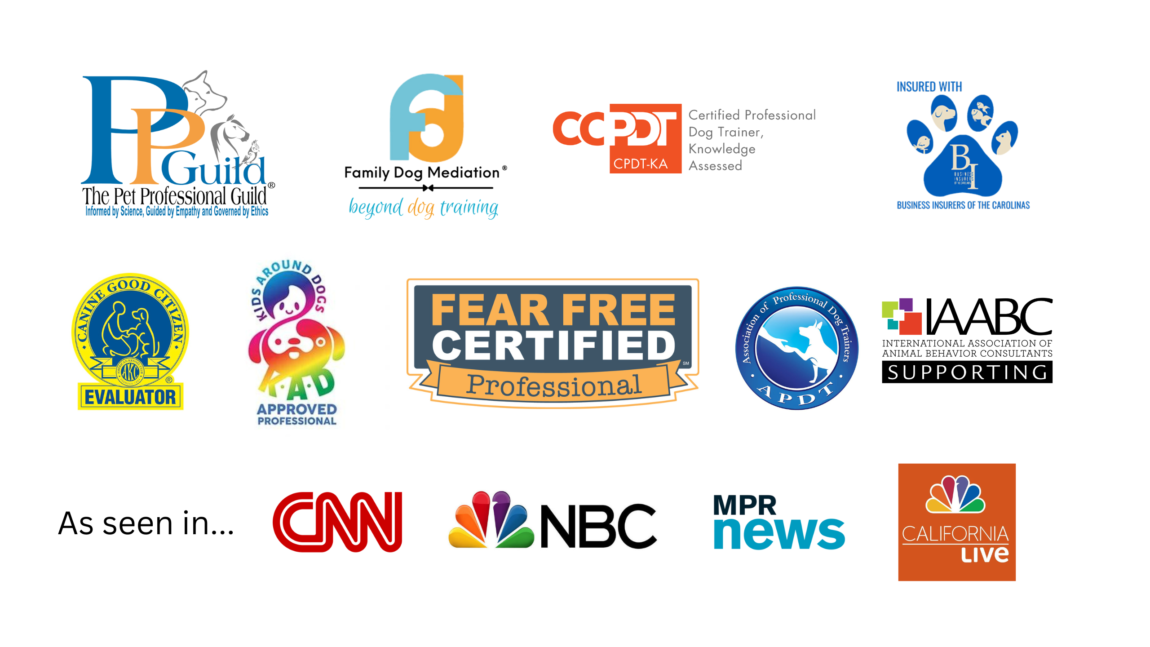
34 Comments
Excellent article, and I love the Family Paws references. I know Jenn and that is a great organization.
Thank you Clare! I really appreciate Jenn’s passion for the topic and for her devotion to helping families become more dog aware.
When my kids were little, I never left them alone with the dogs, even though my dogs were well trained and my kids were gentle. I just figured it was never worth the risk. I hope lots of people will follow these guidelines and keep their kids and dogs happy and safe.
I like the graphic. Allow the dogs approach you but do not let the child approach the dog. This is one thing I think pet parents need to know FAST. If a child gets bitten by a startled dog then its not the pup’s fault. We jump when we are scared, they will too!
This is great! Novel idea, keep the shoes in the closet- who would’ve thought! great job
These are great tips. When my daughter was born, we had a dog and several elderly (and sometimes crabby) cats. We taught her from an early age about safety around dogs and cats. We had one incident when she was about 2 when she pulled at the fur of one of our cats. Our cat hissed at her but didn’t scratch her – she never did it again. We have continued to reinforce good behavior. Though it gets tricky when her friends come over who have not learned appropriate behavior around animals.
I don’t have kids yet, but my reactive dog and my resource guarding dog make me a little nervous to have kids with them. This post is super informative and makes me realize it is very possible. There’s so much you can do to keep everyone safe and happy.
Thanks Joelle. While resource guarding is a sometimes scary behavior, it’s pretty normal for dogs. If you set up the right safety precautions from the beginning and are attentive, anything is possible 🙂 xo
Right – the startle response is not really something we can control. Same with dogs. Best to avoid it in the first place 🙂
Oy – friends can make things so challenging. So glad your kitty didn’t scratch and that your little one was sensitive enough that a hiss was enough of a deterrent 🙂
Lol! Right?
Thanks Beth. I sort of cringe to think of the things I allowed when my kids were little. Thank goodness people can grow and keep learning – so now I can help others keep happy, safe households with kids and pets 🙂
These are super good points you’ve made. Kids can be rough on us fur-babies. Sometimes, REALLY rough. They need to be taught how to behave with us, as much as we need to be taught how to act with them. It’s a two-way street, for sure. PURRS.
Manners for all species! Hurray! 🙂
Fantastic points, I do not have kids but help looking after two when needed and have taught them how to behave with Layla and they are amazing because of it. They also have dogs of their own so its been a wonderful journey for me with them and Layla
Great post! I have small children and two rescue dogs. We rescued them as puppies so even though they’ve grown large, my girls learned very early to be gentle. In turn, the dogs learned to be gentle as well. But it’s a constant work in progress for both. I always supervise and make sure everyone is behaving! So far so good. Hopefully we’ll make dog-friendly children out of them yet so they can teach other kids appropriate behavior.
The graphics are great! I don’t have children, so I’ve never thought of any of these tips. They will come in handy, though, when my small nieces visit. It’s always better to be safer than sorry. Thanks for a great article.
So happy to help!
That’s fantastic that you are so careful. Teaching respect and safety is contagious – so it helps even more people than you could have imagined 🙂 Way to go, mama!
I bet they are so much more respectful at home because of the hard work you have put in with Layla. Win!
This is such a great article! I agree that it is much easier to over look a small dogs behavior. It seems like because they are little, that they can’t over power you. I know first hand that is not true! My little dog actually is really smart, and sometimes is really good at out smarting me! Adding kids into the mix, my daughter, who has experience with big dogs and not little dogs, it has been a learning experience for all of us. This is great information and very useful! Thanks so much! I hope you check out my blog too! <3 cutedogaddicts.com it's not very informative, but we try to make it a lot of fun!
This is great advice… it’s important for kids to learn that dogs are “people” too! Your dog in this photo looks like me!
Excellent advice! It’s so true that a lot of things you teach your children when they are young are the same things you’d teach your dog. Children need to be taught to respect dogs (and cats).
To be honest, it’s not even that small dogs can’t overpower someone – it’s that they appear less dangerous. For example, you would worry if your Great Dane wanted to jump on visitors, but you wouldn’t be concerned if your chihuahua did the same behavior! But I totally agree – it’s important to train the dogs, no matter what the size 🙂
I love to promote respect for all creatures, not just those with two legs 🙂
Amen to that! xo
I like teaching kids the golden rule in how to treat dogs. I also like the idea of playing ball with the dog. I always played baseball with my dogs. Using a bat makes it more fun and challenging for me, and the ball goes faster and the dogs love it. A tired dog is a good dog!
Great ideas! I would include children in the training, or at least have them watch so that they can start to understand dog-human dynamics.
Great article!! I’ve seen kids just be all over dogs (cats, ferrets) even though the pet is sending all the “stop, leave me alone” signs. Then when the pet bites or scratches everyone gets mad. At the animal. Train both the kids and the pets when they are young. My kids learned to respect the cats. And if they got whacked a couple times they had it coming.
Thank you! Yes, I agree – the animal usually gets the blame.
I couldn’t agree more – it’s excellent to model good training for kids and also to encourage them to participate!
I have a friend whose son is a baseball guy – and that’s how he and the dog spend time together! It’s wonderful.
This is such great advice on a very important topic. As a therapy dog handler, I’m always hyper aware of how the kids are interacting with my dog. We seem to always be in a group of kids and the teacher, librarian, etc. that is supposed to be controlling the visit doesn’t take any control of the kids, which leaves them to think it’s a free for all. I always have to step in and get the kids to calm down and not crowd her. Kids need to be taught to respect a dog’s space and be cautious about how they are approaching a dog. I have to advocate for my dog at all times, and there are times when it can be exhausting! I wish more parents taught their kids these things.
Love & Biscuits,
Dogs Luv Us and We Luv Them
I completely agree – I am a former classroom teacher and sometimes I can’t resist from trying to control other people’s kids and their behavior!
Comments are closed.